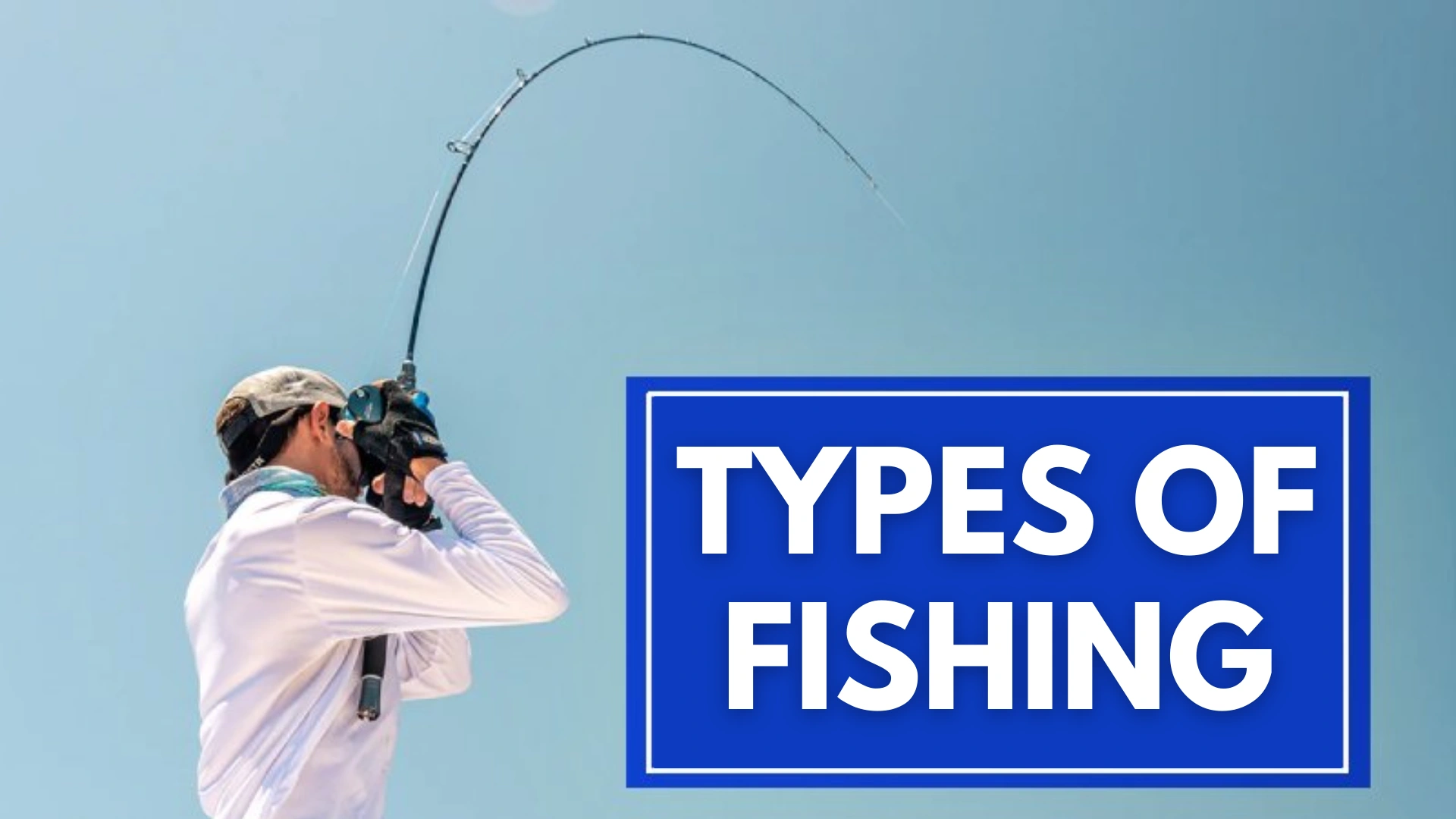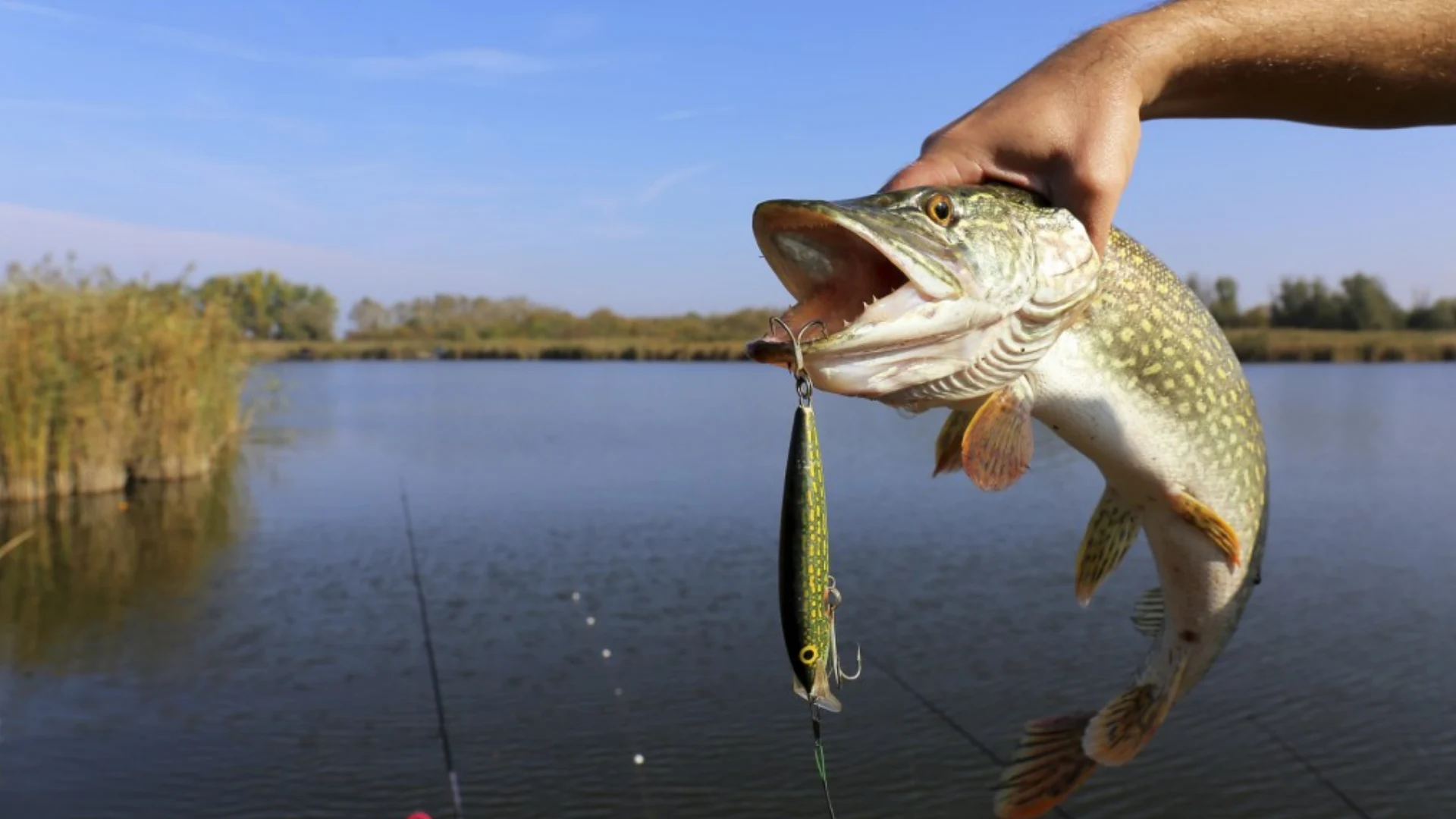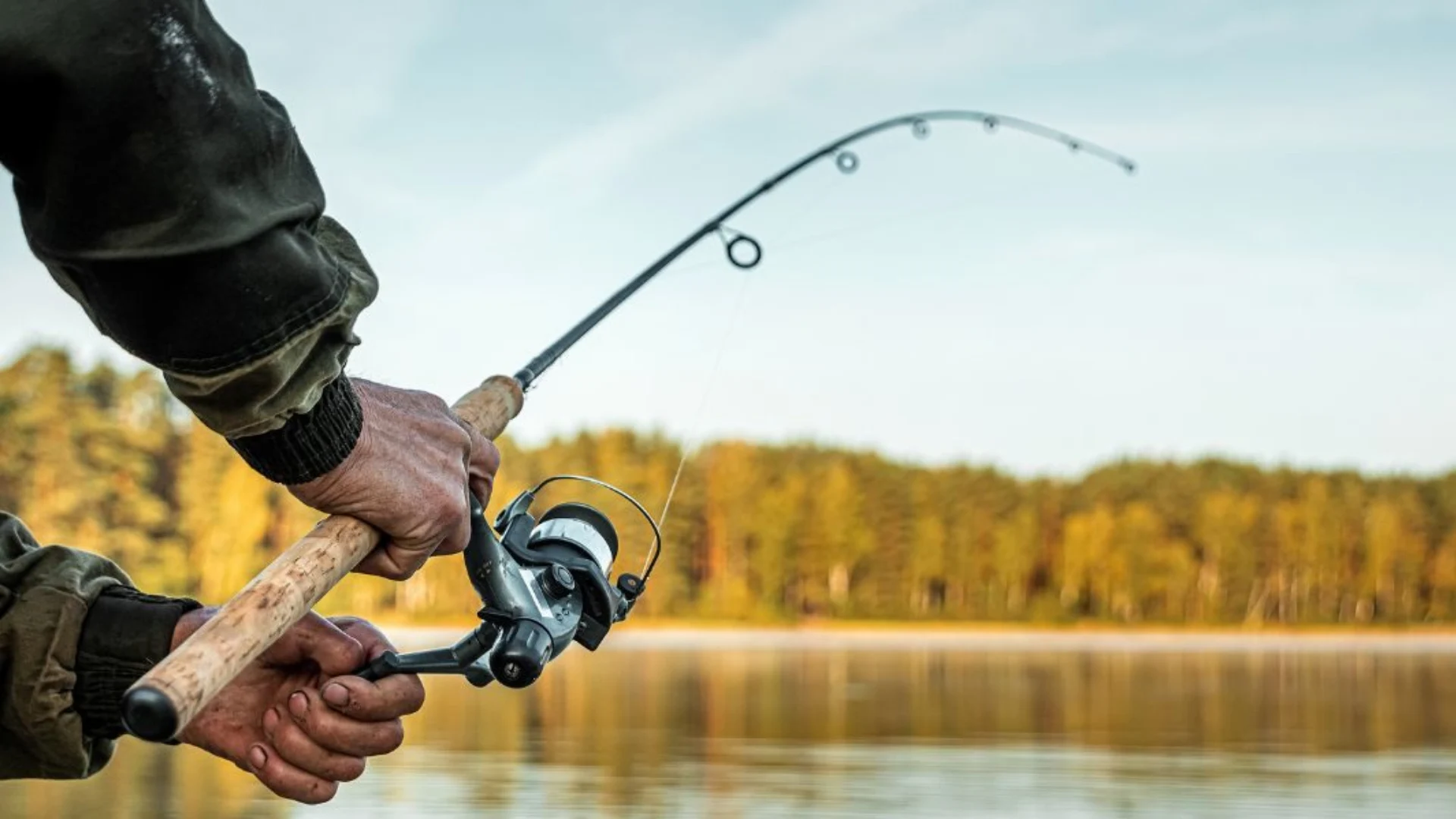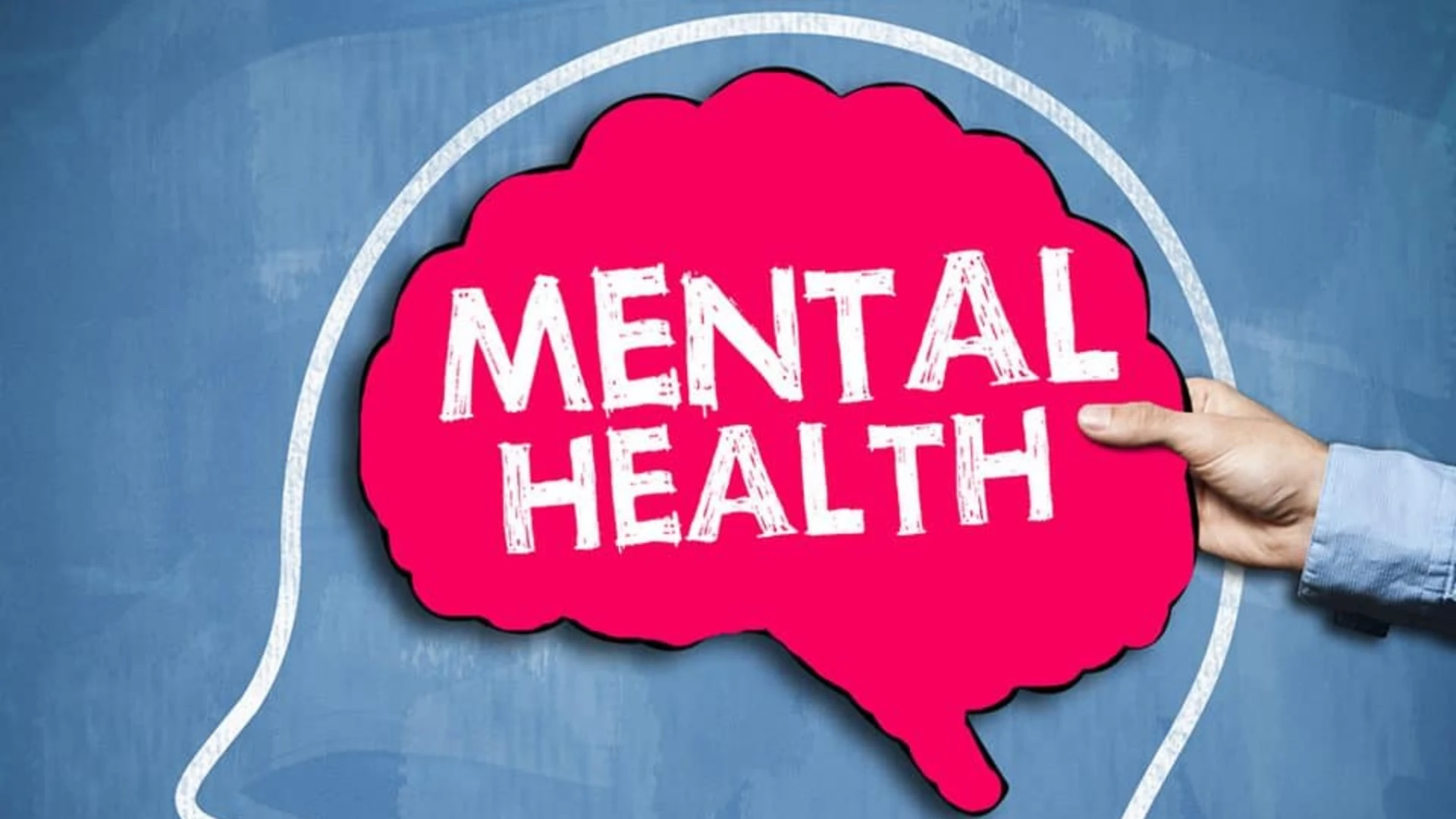Everything About Fishing | 10 Things to Remember
You are about to start fishing but uncertain about the required tools and types of equipment, techniques, and location for fishing, right? Fishing is one of the best hobbies as it lowers stress, increases the ability to be patient, and one gets healthy white meat for dinner.

So, if you have decided to start fishing, then I appreciate your decision, but do not step out without the fundamental instructions about fishing.
Important
Fishing requires a basic understanding of the nature of water, the routine of aqua buddies, and safety measures.
Basically, fishing is an art in which one has to gather his skills and observational ability to catch a sea creature. Therefore, if you have decided to start fishing, then you should separate your 5 minutes and come with me to see everything about fishing you need to know; trust me, it will enhance your fishing experience.
Everything About Fishing
I have been fishing for the past 20 years, and in this long period, I discovered several basic rules. I could have performed better on the sea if I had known these rules before. But I will not let it happen with you so you can enjoy your beach time as much as you can with an enhanced fishing experience.

- A Brief History Of Fishing
- The Importance Of Fishing
- Fishing Regulations
- Types Of Fishing
- Fishing Gear
- Fishing Techniques
- Fishing Locations
- Safety Measures
- Fishing Tips
- Fishing Benefits
A Brief History Of Fishing
Fishing is as old as human history as our early ancestors were involved in hunting sea creatures, but that was a very basic kind of fishing. They had no tools such as rods or reels as we use, they used to catch fish with the help of their hands. After the emergence of cultures, the societies grew larger, and people started working on the tools for fishing.

In ancient times, the Egyptians and Messopoteiams had a role in developing advanced tools for fishing. They had large nets and small rod-like tools to catch fish in massive amounts or small numbers. In medieval times, people had businesses related to fishing, but the proper fishing markets emerged during the Industrial Revolution, in which we worked on developing sophisticated tools and techniques to catch fish for the larger public.
Importance Of Fishing
Fishing plays a major role in food security as sea creatures are available in large numbers, so if people have nothing to eat, they can catch and fry a piece of fish, which is simple and accessible. One can start a fishing business that is developing in the United States as the profit margin is high and the business requires very little capital. People travel from one state to another in order to search for unique and fascinating fishes. It is also part of ecology to create a balance between sea life and surface beings.

Important
Fishing is not only for replacing food or earning money but is also known as a recreational activity.
Fishing Regulations
Whether you are fishing for recreational purposes or about to launch a white meat brand, you need a license. It is a permit issued by the government to the people who are interested in fishing activities.
Pro Tip
There are different kinds of licenses for business and recreational fishing. Make sure you have one before taking your fishing gears to a fishing spot.

Let’s say you are fishing without a license, and then the government can take legal action against you. The license varies according to the citizens and foreigners in the U.S. One should see the fishing regulations of the state in which he is located and then proceed according to it.
How To Get a Fishing License?

- Contact the Fishing and Wildlife Service Department of your state to get information related to fishing.
- Choose the location and inform the department about it.
- See the requirements and provide the related documents.
- Pay the amount and save billing details for future reference.
- Follow the duration mentioned on the license papers and instructions.
Types Of Fishing
There are more than 30 types of fishing, but we will talk about the important types. The fishing types may vary according to the purpose. For example, if you want to spend the weekend in an entertaining way, then you may go to the seashore to catch a big tuna, otherwise you need net fishing for gathering bundles of different kinds of fish to sell in the market.

Freshwater Fishing
The nearest small rivers, ponds, or lakes are filled with fresh water. They also have small fish, which are allowed to catch with a license. Catching sea creatures in freshwater is the simplest form of fishing as one can find the freshwater areas effortlessly and does not need to put more effort into searching for the right positions or big seas in the country.

Tips
- Identify the depth of water.
- Pay attention to the weather, as fish hide during harsh wind conditions.
- Use living bait such as worms or minnows for freshwater fishing.
- Do not use extra large or heavy fishing poles for freshwater fishing.
Saltwater Fishing
The fishing activity in the larger sea is known as saltwater fishing, which is a common form. There are different ways to accomplish this goal, such as people using submarines and nets to catch massive amounts of fish. You can also go to the coast or in the middle of the sea via boat for fishing.

Tips
- Check the local tide chart before departure.
- Use strong and large fishing poles with powerful lines.
- Use natural baits such as shrimps and baitfish for saltwater fishing.
- Do not go to the sea in case of massive tidal movements.
Shore Fishing
Another way to start fishing is to visit the shore of a river or sea with a fishing rod. Shores are known as the large providers of aqua buddies as they contain big and small all kinds of fish. The shore fishing is simple but time-consuming, so if you have enough patience, then plan to go to the shore.

Tips
- Check the surface spot if it is about to dissolve in water.
- Use natural baits and meat cutlets.
- Find the backwater wave areas as they have more fish.
Other Types Of Fishing

- Ice Fishing: Fishing is not limited to the liquid form of water, but one can catch it in cold areas covered with ice. Fishing during the winter on the ice is known as ice fishing, which is performed with the help of different kinds of rods.
- Paddleboard Fishing: A board used for standing in the water to catch fish is known as paddleboard fishing.
- Fly Fishing: People use artificial flies in this type of fishing to attract the fish as they come out to eat flies and fall into the trap.
Fishing Gear
Fishing is a complete science in which one has to follow the guidelines to attract a fish. As the fish falls into the trap, we take it out of the water. There are specific tools and types of equipment used in angling, such as rods or lines, in order to catch a fish.

These tools and types of equipment are not only hard to use, but they are difficult to assemble with each other. The stick-like material rod is the mother tool to perform fishing, whereas the reel is the heart, and the line is the breath of a fishing pole.
Parts Of Fishing Pole
- Rod
- Line
- Reel
- Handle
- Hook
- Lures
- Baits
How To Assemble These Parts Together?
Assembly is a bit tricky, but one can learn it by practicing again and again. First, we have a rod that has a seat for the reel, which is a round-like small machine that has a basic function to control the line. We need to assemble the reel with the rod by using a screwdriver to tighten the screws.
Now, you can see an empty spot available on the reel, and that is called the handle spot. The handle comes with the package, so take the screwdriver again to connect the handle to the reel. The next step is to use the line, which is a cable used to catch the fish.

Open the bail arm area and place the line carefully in it, then pass the wire through the guides. If you do not know, guides are the loops or holes available on the rod and spool. Wrap the wire on the arbor and tie the arbor knot carefully, as it should neither be too tight nor loose enough.
You have successfully placed the reel, and the next is to finish the process by closing the bail arm. Further, start moving the handle to reel in the wire until it is taut. Pass the line through the rod guides and tie a hook with an improved clinch knot, then knot the lures with it.
Fishing Techniques
There are techniques in fishing to catch more and more fish in a short duration. Basically, fishing is a time-consuming process in which one has to set up the fishing pole, then see the right spot and wait for the fish to come to eat the bait. The last one is longer than the previous two parts, but we can shorten the process by using the appropriate techniques.

Casting
Casting is a way to throw the wire in the water, which can help to get fish as soon as possible. Appropriate casting requires mindfulness and practice. One should choose the target spot to cast the line into the water, then hit it carefully in the position so that the fish comes to eat the bait instead of running away.

- Grip the rod perfectly and bend the knees to balance the body.
- Now, choose the target and manage the line before throwing the wire.
- Baitcast the rod by loading it. Take the rod up in the air and snap it forward.
- Now stop it according to the flow of water and release the line in water.
Jigging
Deepwater creatures are more hungry than others, so we can use jigging if you are boat fishing or deep water fishing. It is a technique in which we use artificial lures to attract the fish that are already searching for food. As they eat the lure, which is attached to the hook, it goes inside the body of a fish and sticks there.

Spinning
It is a way to use the spinning reel and spinning rod to catch fish. The reel is a small machine that is used for controlling the wire. It spins clockwise and anticlockwise with the help of a handle, so one can release or close the wire by using the reel and rod.
The spinning reel and rod are available in both the electrical and the manual versions. I do not recommend the electrical spinning reels as they are fragile and wear out after long-duration water exposures. Secondly, the manual spinning reels are easy to use and allow you to control the wire effortlessly.
Fishing Locations
You should also focus on the locations known as the fishing spots before you depart on the quest. The locations vary according to the government-permitted fishing spots and the facilities available for fishing in the area. For example, Alaska is known for lakes, and Michigan is famous for its ponds, so if you are planning angling, then choose the nearest location, depending on you.

- Lakes: These are accessible sources for fish and are easy to perform.
- Ponds: The freshwater ponds are full of healthy fish, which are easy to catch.
- Rivers: Rivers are the homes of both small and big fish. The freshwater river is an easy source for fishing.
- Beaches: Sea beaches are also helpful for catching fish. The location is perfect if the seashore has salt water.
- Urban Fishing: These are the spots made for fishing in the cities, such as parks, stocked ponds, or lakes.
Safety Measures

- Wear life jackets.
- Use the angle rings.
- Keep a knife in your pocket.
- Carry a first aid box.
- Check the weather forecast for the day.
- See the tides chart and their timings.
- If you do not know how to swim in the deep water, learn it before you start fishing.
- Check the boat’s fuel before departure.
- Use slip-resistant footwear for surf fishing.
- Apply sun protection on the skin before light exposure.
Fishing Tips

- If you are a beginner, then start with the basics by fishing at the lakes or ponds.
- Practice casting by angling daily for a short period.
- Join the apprenticeship of a senior angler if you are a beginner.
- Build a network of anglers to get assistance in fishing.
- Enhance the observational skills to detect the fish’s presence.
- Learn to tie different kinds of knots.
- Practice the close and release to increase the reel’s speed.
- Oil your reel to use it smoothly.
- Use the premium grade tools, which have more service life so they do not tear apart during the session.
- Use living bait such as worms, shrimps, or baitfish.
Benefits Of Fishing
Fishing is a kind of exercise in which one moves the body’s muscles, applies pressure on bones, and learns the skill of patience. It is a time-consuming process, so sometimes the angler needs to wait for long durations to catch fish. It enhances mental abilities such as focus and mental toughness.

Mental Health Benefits
- Fishing reduces stress as the activity is recreational.
- It improves the mood as one engages in a new activity and focuses on other things except oneself.
- It enhances cognitive abilities such as focus and working memory.
- Fishing is a skill, and learning a new skill enhances the intelligence level.

Physical Health Benefits
- For fishing, one engages in physical activity, which helps muscles to work and reduces the chances of muscle stiffness.
- Fish contains a list of healthy natural supplements, such as Vitamin D, which improves bone and muscle health.
- Fish oil is very helpful for seniors to reduce the frequency of memory loss and increase brain activity by improving the hippocampus.
- It improves cardiovascular health, which regulates the blood flow, and it helps to balance the oxygen level in the body.
FAQs
What is the best way to fish?
The best way to fish is by matching the lure color with water and using quality fishing gear.
How can I improve my fishing?
One can improve fishing by learning proper methods, such as increasing observational skills and using living bait.
What do fish eat?
Fish eat a variety of creatures, in which worms, baitfish, insects, and plants are common things.
Final Words
I have noticed that the best part of our hobbies is learning how to increase productivity to perform activities of that particular hobby. Fishing is simple for those who are practiced and have experience, as they use the techniques in the right direction. These skills come when one learns fishing gradually with practice and the proper practical knowledge, so follow the right way and learn the techniques plus tips mentioned above.






